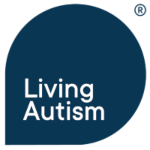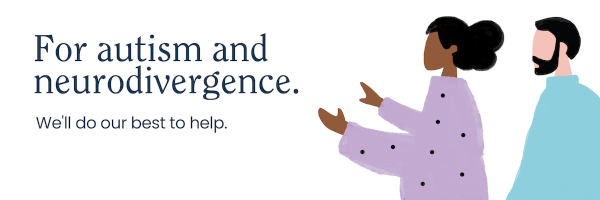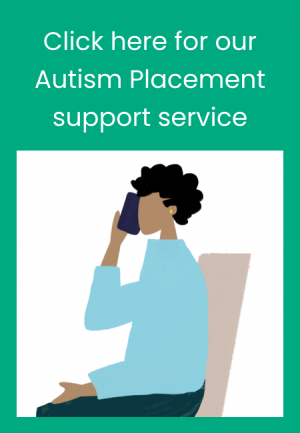This article on autism and therapeutic art explores how art can support people with disabilities and those diagnosed with an autistic spectrum condition.
Photo by Joel Filipe on Unsplash
New Research Shows Just How Powerful Art Can Be – Mentally, Physically and Emotionally
One of the most well-known and effective therapies for autism is art, but the extent to which it can benefit individuals diagnosed on the autistic spectrum is only just becoming clear now. A recent US study, published by the National Library of Medicine, found that art-based therapy can have positive impacts on social relations, speech, and reducing unusual behaviour, with visual arts specifically improving social relationship disorders. Most importantly, combining different art therapies leads to a greater benefit overall. What’s more, art therapy can help to bring about positive change elsewhere, not just in cognitive terms.
Mental benefits
There are distinct benefits in mental health to be gained from art therapy. Autistic spectrum disorders bring with them a proportionally higher rate of comorbid psychiatric complaints, such as anxiety and depression; art therapy can help to counter this. According to a journal published by Frontiers in Psychology, a large review of scientific literature showed that art therapy, with gradual increases in intensity, can successfully help to improve outcomes in a range of mental health problems. What’s more, even simple art can be enormously helpful. Learning basic tricks and tips to create art will create an environment in which to flourish, and that’s hugely beneficial to mental health.
Improving the physical
Art therapy can also help to develop physical skills and mitigate the impact of physical disability. Consider what’s required for art in simple terms – a steady hand, the ability to move between the canvas and the brush or pen, and fine skills for blending colour in a deft manner. All of this can be helpful to those dealing with the symptoms of physical disability, whether that be a slight difficulty with fine motor tasks, or something more wide-ranging and mobility impairing. Art therapy provides a gentle and small way to start making progress, every day, that also dovetails with other benefits gathered from therapy of this type.
Bringing in pop culture
According to Taylor Francis Online, art therapy also acts as a vector for bringing pop culture into the everyday life of those being treated. For neurodiverse people, and indeed people living with disability in general, modern society can be very inaccessible. The rate at which society and culture develops is not in line with the needs that people living with disability have, and that can provide further difficulty in gaining benefits from therapy and continuing to benefit – something which also impacts autistic people to a greater degree. Through art therapy, pop culture can be gently brought into the conversation, introduced and managed in a sensitive and beneficial manner.
When brought together, these benefits are even more than the sum of their parts. They bring about a serious opportunity for people diagnosed with autistic spectrum conditions to continue growing, and to gain the absolute best opportunities they can be afforded in life. When used in conjunction with other mainstream therapies, real growth can be achieved.
________________________________________________________
If you need help looking for services for an individual with an autism spectrum condition, we will do our best to help. Click below for the Autism Placement Support Service.




